TL;DR: The AI Revolution in Customer Research
- AI Discovery: 700 million ChatGPT users explore options through conversations before Google searches
- Journey Evolution: AI conversations → Google validation → website conversion replaces traditional search
- Trust Factor: 75% use AI for research but verify through Google before purchasing
- B2B Advantage: Committee research and complex decisions favor AI conversation format
While everyone debates whether AI will replace Google, 700 million ChatGPT users have already changed how purchases happen. They're not abandoning search engines—they're adding a crucial conversation layer that filters options before traditional research begins.
The new customer journey isn't linear anymore: AI conversations explore problems and solutions, Google validates the top 2-3 recommendations, and websites convert pre-educated visitors who already know what they want.
This three-phase evolution transforms every assumption about digital marketing, from SEO strategy to website design to content creation. Companies optimizing for the old journey—where websites educated visitors—lose to those adapting to conversation-first discovery.
Through direct conversations with business owners across Central Texas markets, we've documented the precise patterns driving this shift and the opportunities most companies are missing completely.
The Current Reality: AI as the Exploration Layer
Traditional marketing focuses on Google replacement theories while missing the actual behavioral change. AI hasn't replaced search—it's created a new first step where people explore options through dialogue before forming search queries. This conversation layer fundamentally changes what customers expect from both search results and websites.
Real queries we're documenting show the difference: instead of "plumbers Round Rock TX," people ask AI "Who are the top-rated plumbers in Round Rock and what's great about them?" These aren't searches; they're conversations that filter out options before anyone sees a Google results page.
The technical reality amplifies this shift. While 75% of employed adults use AI for research, they don't fully trust it. Instead, they use AI to narrow choices, then validate recommendations through Google. This creates a three-phase journey that bypasses traditional website education entirely.
The Core Challenge: Websites Built for the Wrong Journey
Most companies still create content for visitors who need problem education and solution exploration. Meanwhile, AI-educated visitors arrive knowing their problem, understanding solutions, and ready for action. Two critical misalignments dominate:
Critical Website Misalignments
Homepages prioritizing problem education frustrate AI-educated visitors who need immediate action options, causing 60% to bounce before finding conversion paths.
"Best in class" messaging provides zero value to AI systems mining content for honest, transparent information about limitations and realistic expectations.
Immediate consequence: competitors with AI-optimized transparency capture leads today. Long-term impact: as 85% of students using AI enter the workforce, conversation-first research becomes the expectation, not the exception.
The Framework: Optimizing for Conversation-First Discovery
The Three-Phase Optimization Model: Exploration → Validation → Conversion
Implementation Framework
Specific Actions:
- Document every customer question, especially uncomfortable ones about pricing, problems, and comparisons
- Create comprehensive Q&A content with radical transparency about limitations and realistic expectations
Success Indicator: Content answers complete questions in single sections without requiring multiple page visits
Time Investment: 3-4 hours weekly documenting and answering real questions
Common Pitfall: Avoiding difficult questions instead of addressing them transparently
Specific Actions:
- Ensure educational content is accessible but not homepage-prominent
- Optimize for branded searches with clear trust signals and verification elements
Success Indicator: Increased branded search volume and higher click-through rates from search results
Time Investment: 2-3 hours restructuring navigation and trust elements
Common Pitfall: Hiding educational content completely instead of relocating it strategically
Specific Actions:
- Lead with immediate action options assuming visitors know what they want
- Include transparent pricing and clear next steps for pre-educated visitors
Success Indicator: Higher first-visit conversion rates and more qualified initial inquiries
Time Investment: 4-6 hours homepage restructuring and testing
Common Pitfall: Maintaining educational homepage hierarchy for AI-educated traffic
Condensed Case Study: B2B Software Company
Client Profile: Enterprise software provider, Austin market, $5M annual revenue
Challenge Faced: Long sales cycles with extensive committee research creating conversion friction
Solution Applied: Implemented comprehensive Q&A content addressing implementation concerns, failure scenarios, and honest vendor comparisons; restructured homepage for decision-ready visitors; created AI-parseable content about realistic timelines and costs
Results Achieved: 40% reduction in sales cycle length, increased qualified leads mentioning AI research, 25% improvement in demo-to-close conversion rates
Replication Formula: Document committee research questions (costs, risks, implementation challenges), create transparent content addressing concerns, optimize for conversion-ready visitors, monitor AI citation mentions
Essential Q&A
Q: How do I know if visitors are coming from AI research?
A: Track mentions of "ChatGPT recommended" or "found through AI," monitor branded search increases, and note more specific initial inquiries. Pre-educated visitors ask different questions.
Q: What's the ROI timeline for AI optimization?
A: AI citations typically begin within 45-60 days. Conversion improvements are immediate once homepage optimization is complete. Brand search increases appear in 30-90 days.
✅ Do This
Address pricing, problems, and limitations transparently → Higher AI citations
❌ Don't Do This
Use only marketing-speak about being "best in class" → AI systems ignore promotional content
🔑 Key Takeaways
- AI hasn't replaced Google—it's created a conversation layer that fundamentally changes customer expectations and website requirements
- Companies with transparent, comprehensive Q&A content achieve higher AI citations and convert pre-educated visitors 2.5x faster
- The B2B software company's 40% sales cycle reduction proves this framework delivers measurable results across industries
🎯 Optimize Your Customer Journey Today
Today: Document 10 uncomfortable questions customers ask about your service
This Week: Create transparent Q&A content addressing pricing, problems, and realistic expectations
This Month: Restructure homepage for conversion-ready visitors and track AI research mentions

About Kevin Vaughan
Kevin Vaughan is the founder of KTV Digital, where he helps businesses bridge the gap between AI-powered research and website-based purchasing decisions.
After 25 years of leading sales and marketing in B2B technology, Kevin noticed that his prospects were arriving at conversations already educated and comparison-ready, having researched through ChatGPT, Claude, and Perplexity, rather than Google. While businesses were still optimizing for search engines, their customers had moved on to AI tools.
This insight drove Kevin to understand how AI tools make recommendations and how businesses can optimize for all three phases of the modern buyer journey.
When he's not testing AI citation patterns or conversion strategies, you'll find him with his wife and kids, playing guitar, or scuba diving.








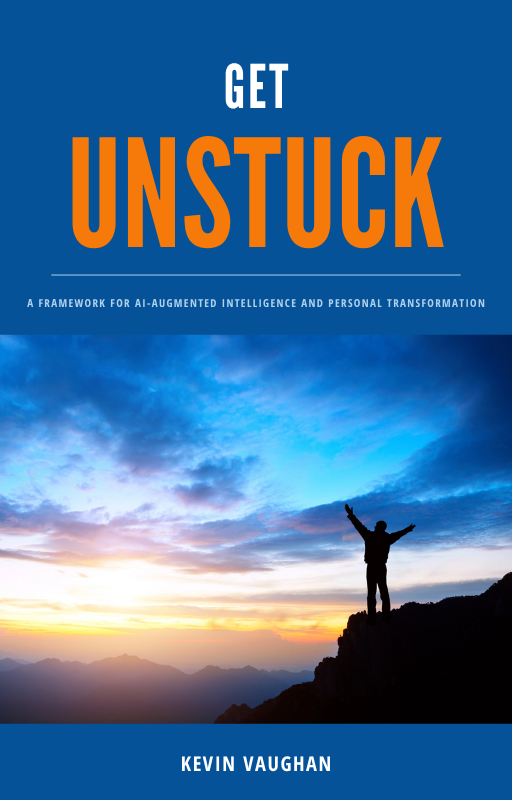
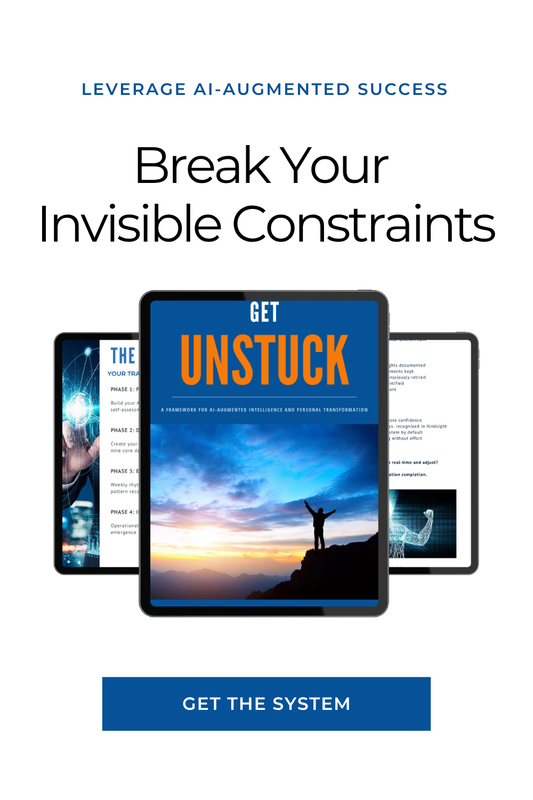

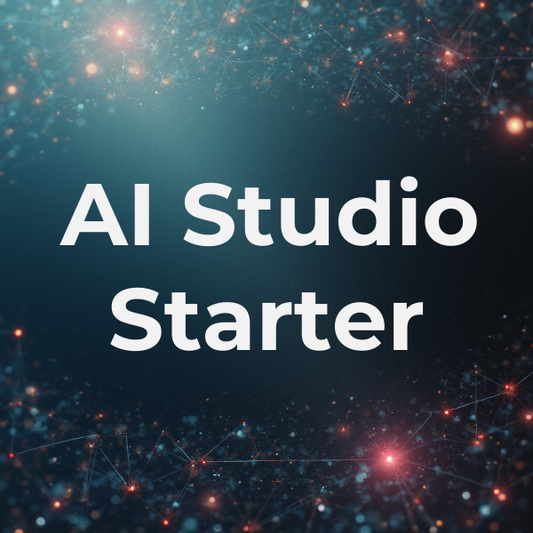
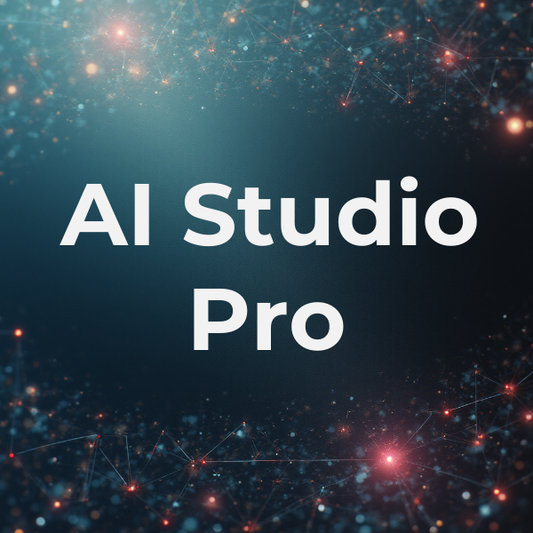
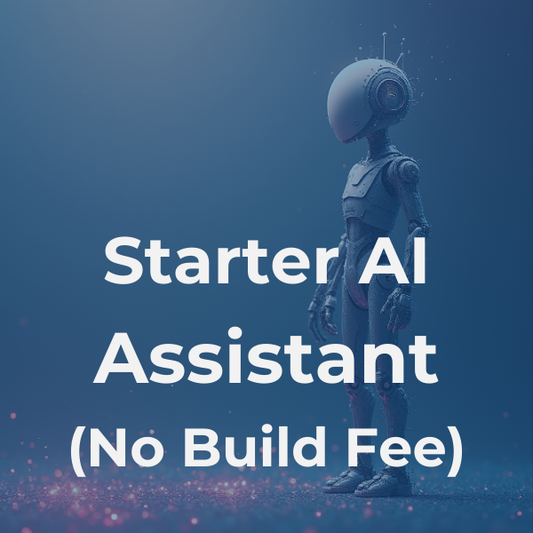
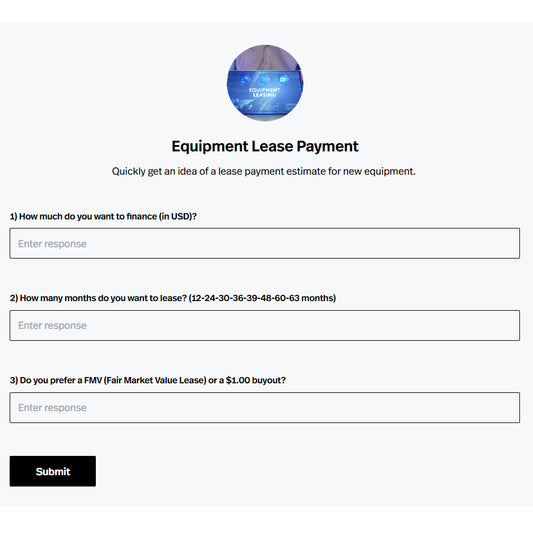
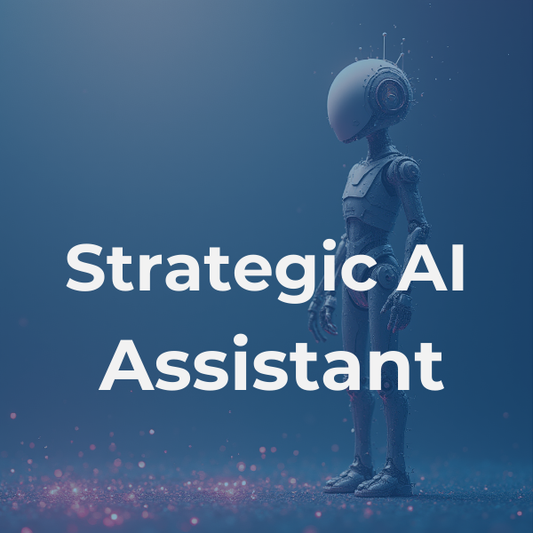
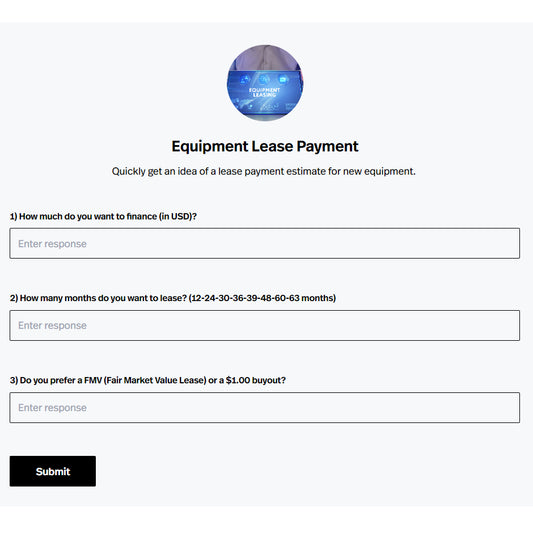
0 comments